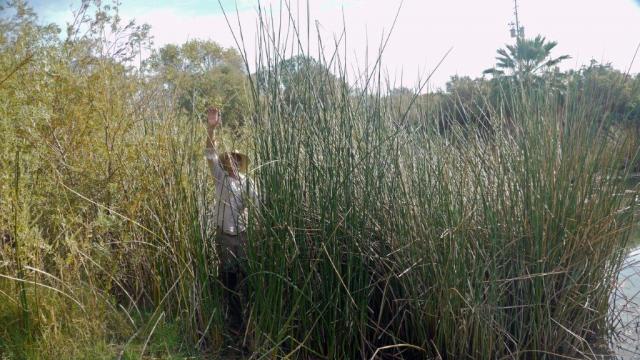Related Stories
- On the Arizona Strip, Now is the Time for Fire and Fuels Work
- A day on patrol with BLM Arizona Ranger Rocco Jackson
- Long-term partnership between BLM Fire and United States Air Force builds national firefighting capacity and accomplishes critical fuels work
- Celebrating volunteers across the Colorado River District
- BLM recreation sites available to all: Exploring accessibility on Arizona’s public lands
Office
7341 E. 30th St.
Yuma, AZ 85365
United States



